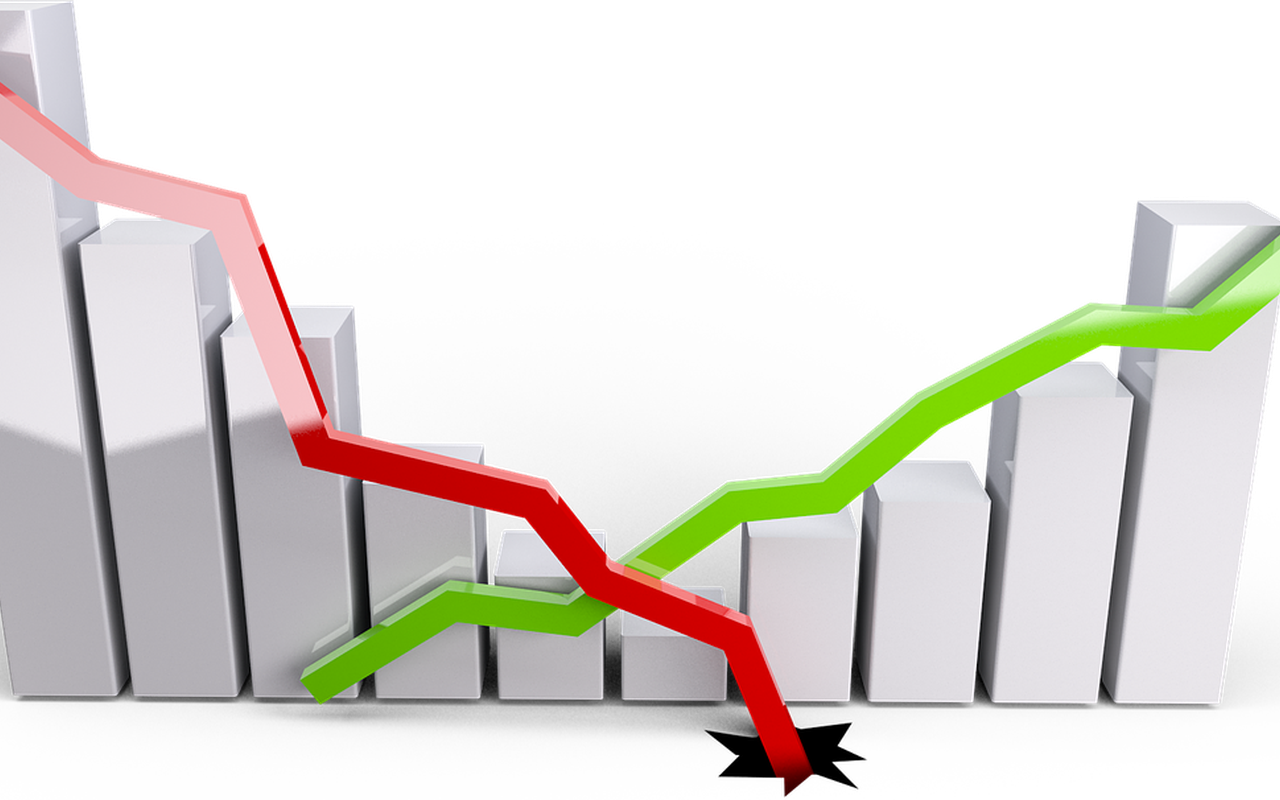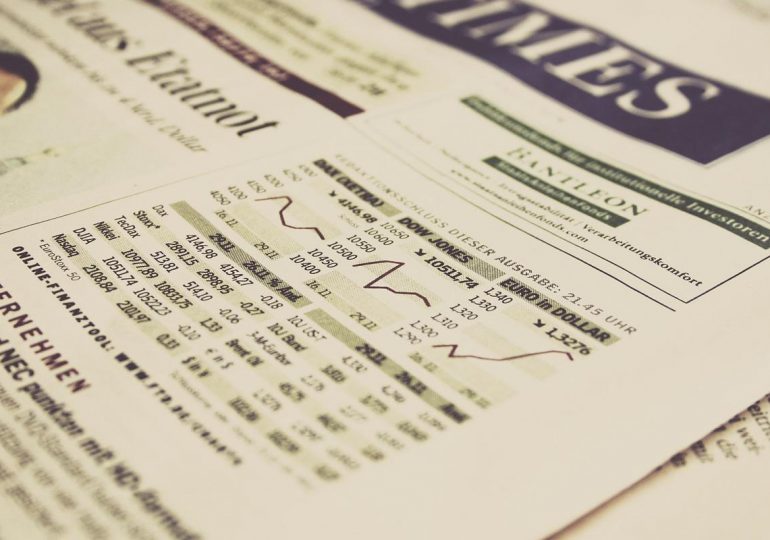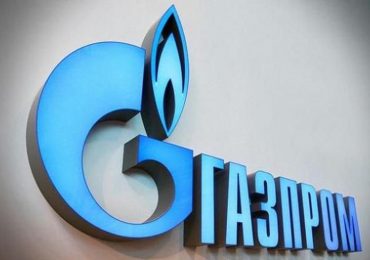A strategy that cannot be ignored: moving average cross indicators
The moving average period means the number of bars used to calculate Moving Average. When a trader chooses the duration of the moving average period, he decides the history for what time he wants to see.
For example, a simple moving average with a period of 10 will be calculated by adding the closing prices of the last 10 bars and dividing the amount by 10. If the time interval of the trader is 5 minutes, the moving average is the average price for the last 50 minutes. If the trader uses daily charts, Moving Average represents the average closing price for the last 10 days (2 weeks). Thus, we can conclude that the duration of the period is the most important parameter of the moving average.
In addition to the duration of the period, there are two main values that a trader can set using moving averages:
1. the price used for the calculation (for example, closing price or average of maximum and minimum)
2. moving average type (e.g. simple or exponential)

It is on the basis of these three parameters, you can set the most likely value of the length of the period of the moving average. A beginner in trading is advised to put two simple moving averages on the chart. Next, set the period of one moving average to 10 and the period of another moving average to 200. And you will see that the difference will be huge.
The moving average over a short period (e.g. 10) will track the price almost all the time. In contrast, a moving average with a longer period (e.g. 200) will often deviate far from the price and stay away for long periods of time. The trader will notice that the long moving average lags behind the price – it always moves in the same direction as the price, but its movement requires a little more time. In fact, all moving averages lag behind the price. The longer the period, the longer the delay.
The advantages of moving average cross indicators
So is it better to use short moving averages because they are faster? Or are there any advantages to using moving averages for long periods? As there is no correct way of existence in finance and trade, there is also no necessary period of the moving average.
The best thing a trader can do is decide in advance whether he prefers to be a quick but often erroneous trade or a thorough analytics which misses out on some good trades. There is a compromise and there is no way around it – the trader will not be able to be equally good at both methods.
In fact, and especially in a market like S&P500, the ideal length of the moving average period or the rhythm of the market changes day by day and even hour by hour. Therefore, if the trader will always use the ideal length of the moving average, it will be easy to catch every trend and stay away from the traps. The problem is that it is impossible to know in advance what will be the rhythm of the market. If humanity could see the future, there would be no point in trade.






